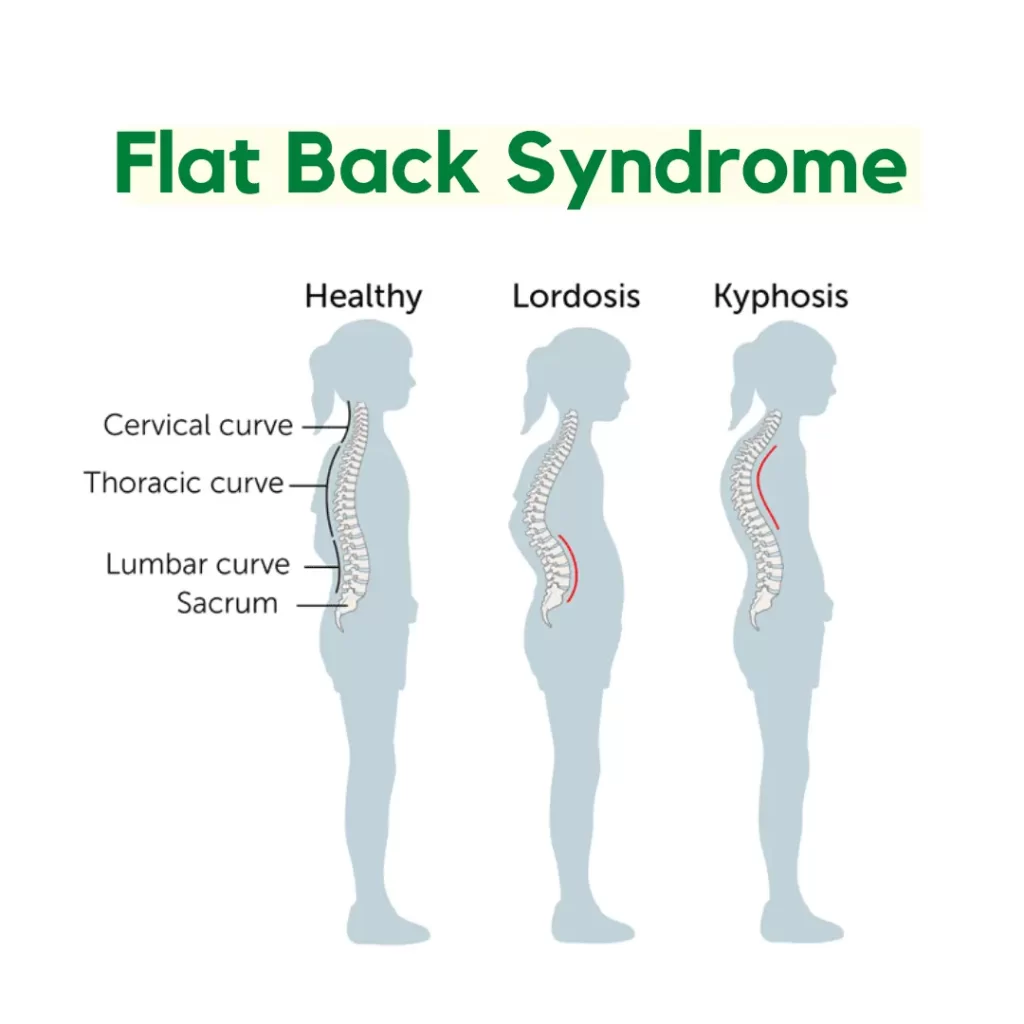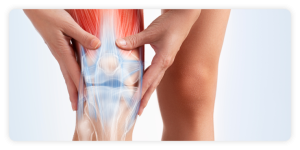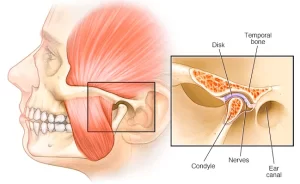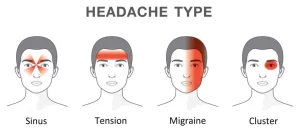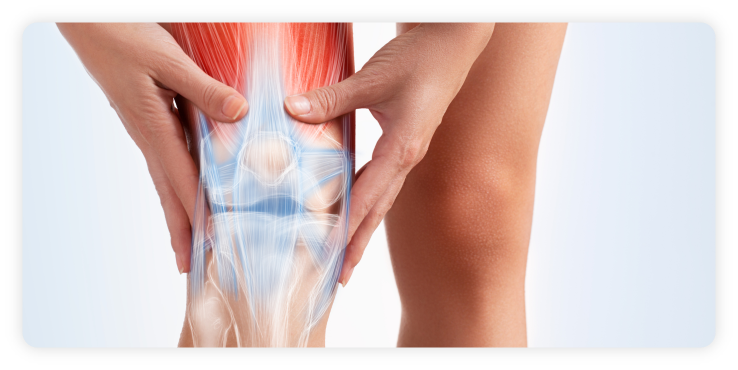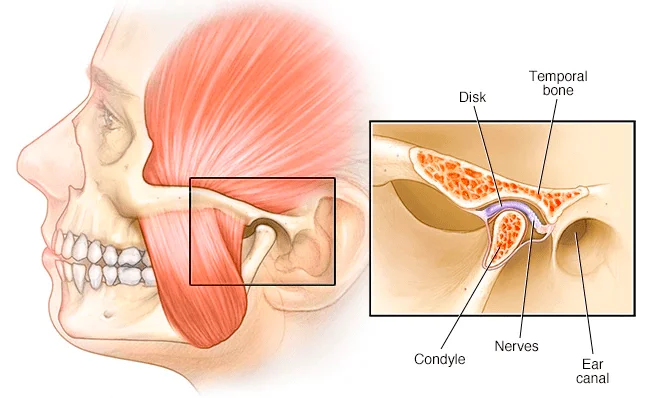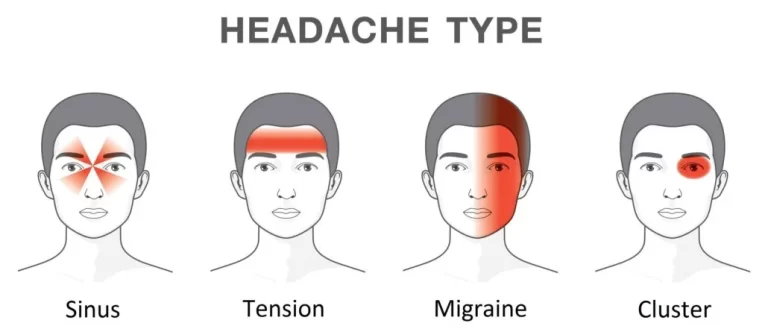Did you know that Flat Back Syndrome can cause strain and chronic pain in the neck, upper back, and shoulders?
What is Flat Back Syndrome?
In Flat Back Syndrome, also called Fixed Sagittal Imbalance, the normal curve in the lumbar spine is usually reduced or eliminated. The spine normally has two curves, which keep balance and maintain the center of gravity, allowing for the best biomechanics in movement. The lumbar spine curves inward where it meets the pelvis, as does the cervical spine in the neck. These are Lordotic curves. The thoracic spine on the other hand curves outward, which is a Kyphotic curve. These curves alternate to create an “S” like shape, representing the spine’s natural alignment.
Ideally, in order to have an economical stance and gait, the curves in the sagittal plane must be well-balanced. When examining the body from the side, the sagittal axis (front to back) should align no more than 5 millimetres (mm) from vertical. In this way, the individual has to invest minimum energy to stand upright and walk. In comparison, for Flat Back Syndrome, the center of mass is pushed forward and the axis measures more than 5 mm from vertical. Thus, the body usually compensates by carrying the head and neck forward, leading to more strains and chronic pain in the upper body.
Management of postural imbalances like Flat Back Syndrome often involves targeted physical therapy or care from a chiropractor in Singapore to help restore spinal alignment and relieve discomfort.
What causes Flat Back Syndrome?
A variety of issues can cause Flat Back Syndrome. Some may include:
– Congenital (present at birth)
– Ankylosing Spondylitis (a type of inflammatory arthritis of the spine)
– Compression fractures of the vertebrae due to Osteoporosis
– Degenerative Disc Disease
Flat Back Syndrome Treatment
Treatment for Flat Back Syndrome begins with physical therapy. After a thorough consultation and assessment, a personalised treatment program will be tailored to your needs. Treatment will include manual therapy and exercises to reverse the pattern of muscle imbalance that keeps the lower back flat. Suitable hamstring and abdominal stretches, as well as strengthening exercises to improve posture will be prescribed. If needed, bracing may be recommended to provide better support. If in doubt, seek professional advice.
Seeking Support for Postural Conditions
If you are experiencing symptoms related to Flat Back Syndrome or other spinal alignment issues, it may be helpful to consult a qualified professional. A structured assessment can provide clarity on the underlying causes and guide the appropriate next steps for care. Learn more about the services available at our chiropractic clinic in Singapore.
Check out our popular articles: Diastasis Recti, Tight Back Muscles, Irritable Bowel Syndrome (IBS), Temporomandibular Joint (TMJ) Dysfunction, Tennis Elbow, Wrist Tendon Injury, Sciatica, Whiplash, Hernia, Herniated Disc (Slipped Disc).
